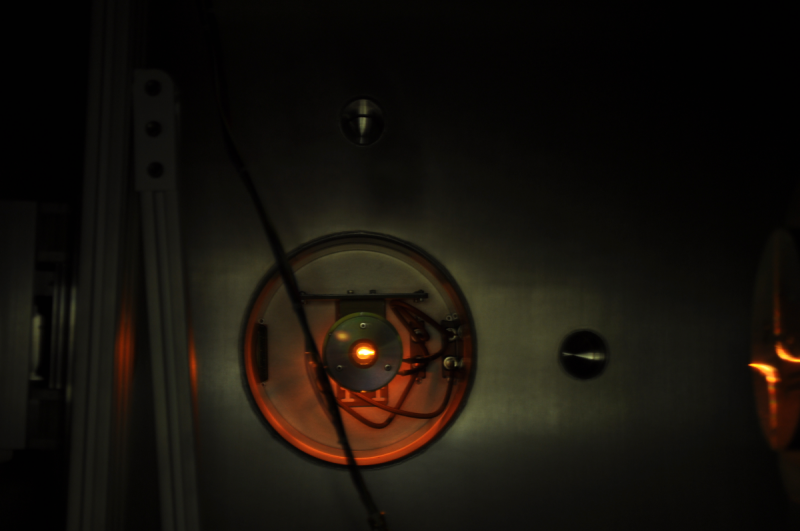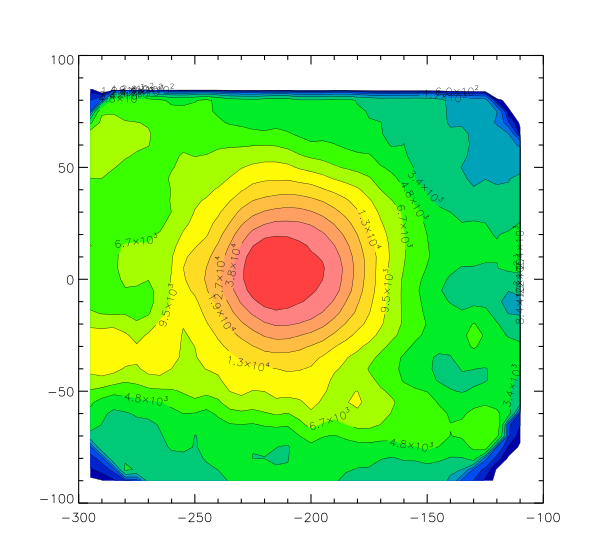First dance step for CALIPSO!
IRAP is developing since 2012 a new way to test and calibrate the plasma instruments conceived within the PEPS group (Planets, Environments and Space Plasmas), CALIPSO (CALibration of Plasma Instruments and Observing System). This ultra-modern and fully automated test as well as the expertise of the team in charge of its development will be necessary to gain future instrumental contributions with strong accountability and visibility over the next exploration missions of the Solar System ionized environments.

While its commissioning is scheduled for the end of 2016, a first successful step has been made in February with the test of the small beam electron gun (Figure 1a) and the automated characterization of its beam diameter (Figure 1b). This gun will be used for the characterization by IRAP of the detectors of Micro-Channel Galettes type of the Jupiter Energetic Neutrals and Ions (JENI) instrument built by the Applied Physics Laboratory, Johns Hopkins University in the USA for the ICy Jupiter moon Explorer (JUICE) mission of the European Space Agency.
Congratulations to all the technical and scientific teams involved in this long-term project!

IRAP Contact
- Nicolas André, nicolas.andre@irap.omp.eu






